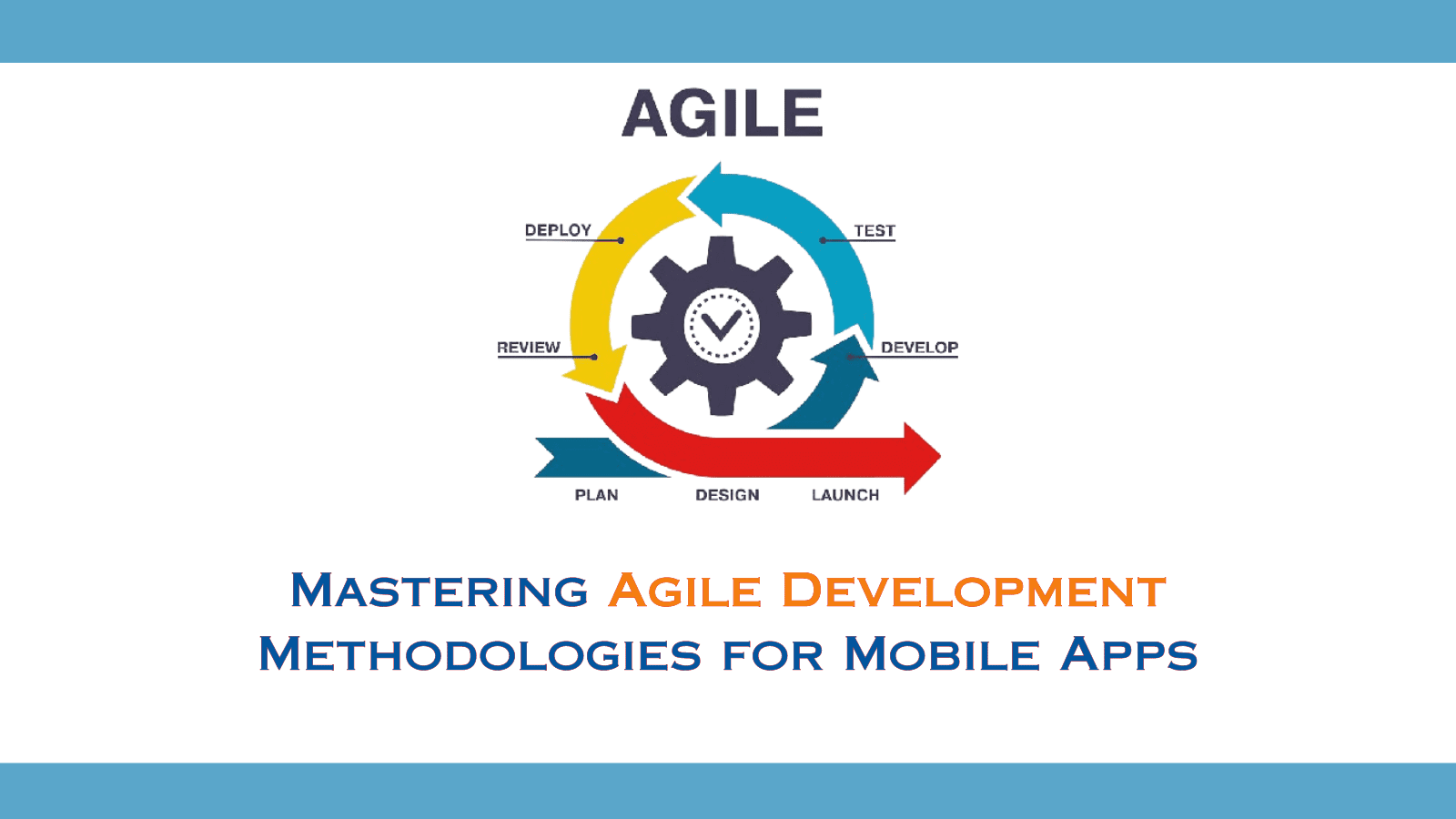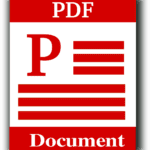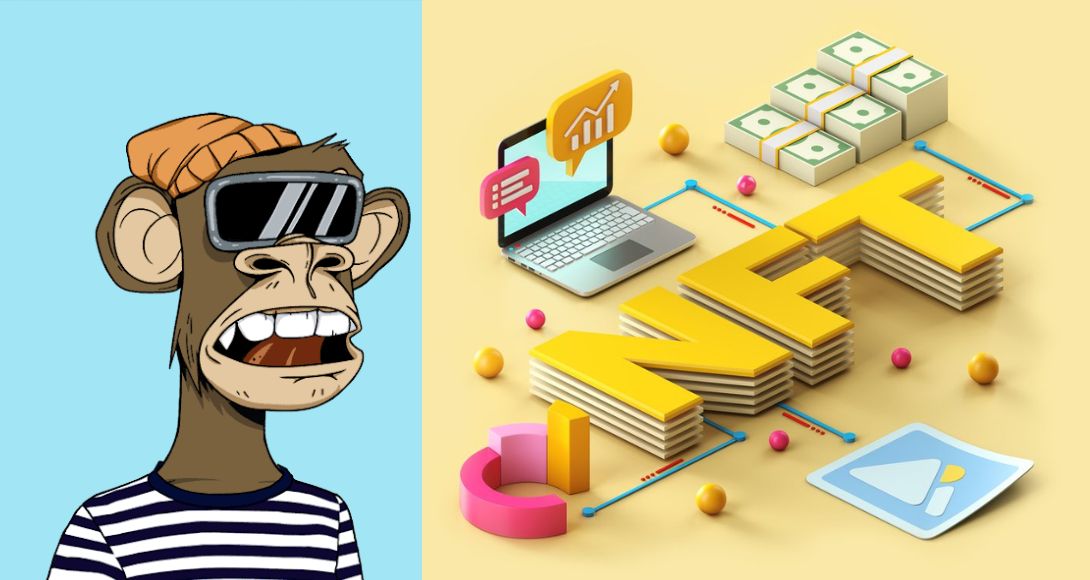
Using an Agile technique will greatly improve the productivity, adaptability, and general success of your projects in the ever-changing realm of mobile app development. Renowned for their iterative and incremental approach, agile development techniques offer a framework stressing collaboration, client input, and short, quick releases. According to statistics, agile adoption in software teams increased from 37% in 2020 to 86% in 2021(digital.ai)..
Any development team trying to provide high-quality mobile apps that satisfy customer wants and expectations must first learn agile development methodologies. So, let’s learn more about it in the article below.
Understanding Agile Development Methodologies
Agile is a set of ideas and methods meant to support early delivery, adaptable planning, evolutionary development, and ongoing learning by means of flexibility. Working software over detailed documentation, customer collaboration over contract negotiation, flexible reactions to change, and values humans and interactions over procedures and tools, thereby enabling responses to change over following a plan.
Agile techniques abound in Scrum, Kanban, Lean, Extreme Programming (XP), and Feature-Driven Development (FDD). Though they handle things differently, they all have as their shared objective enhancing software development by means of iterative improvement, team cooperation, and flexibility.
The Importance of Agile in Mobile App Development
The development of a mobile app is naturally quick-paced and often evolving. Constantly changing user tastes, platform changes, and technology developments call on developers to be flexible in their approach.
The Agile Methodology Supports this Demand for Adaptability and Quick Response by:
#1. Enabling Quick Adjustments
Agile lets development teams pivot and change their projects in response to shifting needs or comments. This is especially helpful in the creation of mobile apps since user comments can influence major improvements in the design or functioning of the apps.
#2. Enhancing Collaboration
Agile promotes a cooperative atmosphere whereby developers, designers, testers, and stakeholders closely interact. This cooperation guarantees that everyone is in line with the objectives of the project and may provide their knowledge to produce a top-notch product.
#3. Encouraging Incremental Progress
Agile’s iterative character causes development to be divided into reasonable portions or sprints. Every sprint produces a possibly shippable product increment, which lets teams provide value to consumers faster and more often.
#4. Improving Quality
Agile’s constant testing and integration are fundamental components since they enable early in the development process identification and resolution of problems early. More constant and dependable mobile apps follow from this.
Key Agile Methodologies for Mobile App Development:
#1. Scrum
Among the most often used Agile approaches is Scrum. Usually lasting two to four weeks, it breaks out work into sprints. The team works on a set of predefined tasks from the product backlog throughout each sprint, which culminates in a sprint review to show development and a retrospect to go over enhancements. 81% of agile teams report using some version of Scrum, including Scrumban or a hybrid Scrum model.
Roles in Scrum:
Scrum specifies three roles: the Development Team, in charge of delivering the product increments; the Scrum Master, who streamlines the process and removes roadblocks; and the Product Owner, who oversees the product backlog and ranks tasks.
Sessions in Scrum:
Important Scrum sessions are Sprint Planning, Daily Stand-ups, Sprint Review, and Sprint Retrospection. These sessions guarantee that the team stays in line, spots possible problems early on, and keeps the growth process always under improvement.
#2. Kanban
Kanban emphasizes on visualizing the process and restricting work in progress (WIP) to raise effectiveness. It shows tasks and their status using a Kanban board, therefore enabling teams to identify areas of bottlenecks and streamline their procedures.
Principles of Kanban:
Kanban stresses managing flow, making process policies explicit, using feedback loops, and always improving. Teams that limit WIP can concentrate on finishing projects before starting new ones, therefore lowering multitasking and enhancing quality.
#3. Lean
Lean technique seeks to increase value by means of process optimization and waste elimination. It emphasizes providing only what the client requires and values, therefore reducing the pointless expenditure of resources and effort.
Lean Principles:
Key ideas in lean principles are defining value from the customer’s point of view, mapping the value stream to find waste, building a constant flow of value-adding activities, developing pull-based systems to prevent overproduction, and aiming for perfection by means of ongoing development.
#4. Extreme Programming (XP)
XP stresses client happiness and technological quality. Aiming to increase production and offer checkpoints where new customer needs can be accepted, it supports regular releases in short development cycles.
XP Practices:
XP uses pair programming, test-driven development (TDD), constant integration, and refactoring among other ideas. These procedures guarantee good code quality, lower flaws, and encourage team cooperation and knowledge exchange among others.
Implementing Agile in Mobile App Development
Building a strong agile culture in your organization will increase commercial performance by 237% (stateofagileculture.com). Agile for mobile app development can be implemented using these steps:
#1. Build a Collaborative Culture:
Create a team culture that celebrates teamwork, honest communication, and shared accountability by means of which one builds a collaborative culture. Motivational team members should actively participate in meetings, offer comments, and help to shape decisions.
#2. Define Clear Roles and Responsibilities:
Clearly state the duties of team members including Development Team Member, Scrum Master, and Product Owner. Make sure everyone realizes their part and how they help the project to flourish.
#3. Prioritize User Feedback:
Actively search and apply user comments all through the development process. Get insights and create data-driven decisions by means of beta testing, user polls, and analytics.
#4. Embrace Iterative Development:
Break down the endeavor into smaller, doable chores and provide little but steady improvements. Emphasize producing value in every sprint and always improving the product depending on tests and comments.
#5. Use Agile Tools:
Track tasks, control workflows, and enable teamwork with Agile project management software as Jira, Trello, or Asana. These instruments give one access to the development process, thereby facilitating the identification of obstacles and monitoring of advancement.
#6. Conduct Regular Retrospectives:
Organize frequent retrospectives to evaluate team performance, pinpoint areas needing work, and carry out modifications meant to increase output and quality. Promote honest and open conversations to help to build an always improving culture.
#7. Adopt Test-Driven Development (TDD):
Use TDD to guarantee code quality and lower defect risk. Before writing code, write tests; run tests constantly to find and resolve problems early in the development life.
#8. Focus on Continuous Integration and Deployment:
Automate the build, testing, and deployment processes using CI CD pipeline. This guarantees constant integration and testing of code changes, therefore lowering the risk of integration problems and facilitating faster-updating delivery.
Challenges and Solutions in Agile Implementation
Agile approaches used in mobile app development can provide difficulties, however these can be resolved with careful plans:
#1. Resistance to Change:
Agile approaches may be opposed by team members or stakeholders who are unfamiliar with or comfortable with more conventional approaches. To get beyond this, offer thorough training, stress Agile’s advantages, and include everyone in the change process.
#2. Maintaining Consistent Communication:
Agile calls for continual communication and teamwork. To enable real-time communication, use apps as Slack, Microsoft Teams, or Zoom; make sure frequent meetings are scheduled to keep everyone in line.
#3. Balancing Speed and Quality:
Although Agile encourages quick development, it’s important not to sacrifice quality in the process. Put strong testing policies into effect, including automated tests, to uphold high standards and guarantee that every increment is completely checked before public release.
#4. Scope Creep:
Sometimes Agile’s adaptability results in scope creep—that is, ongoing addition of additional features. Sort chores according to importance to the user, then keep a clear, current product backlog under control.
Conclusion
Teams working on mobile apps aiming for high-quality, user-centric applications must first master Agile development methodology. Teams that adopt Agile’s ideas can improve teamwork, react fast to evolving needs, and more regularly provide value to users.
Whether using Scrum, Kanban, Lean, Extreme Programming, or another approach, the secret is to create a cooperative culture, give user comments top priority, and always develop the process better. Agile helps mobile app development teams negotiate the often-changing terrain and produce effective, powerful products that either meet or surpass user expectations.








